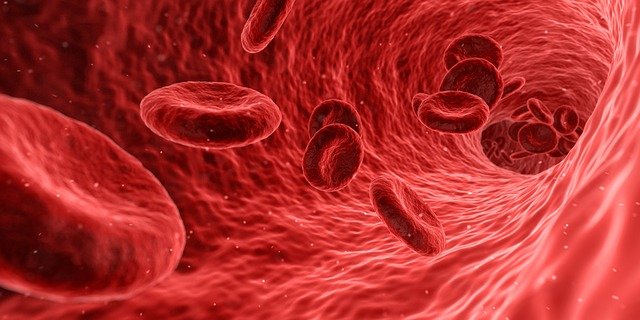Exploring Associations Between Gut and Heart Health
Poor gut microbiome health has been known to lead to metabolic diseases such as diabetes or obesity. But a new link has unraveled how a healthy gut can possibly prevent the onset of cardiovascular disease, the number one leading cause of death in the United States. Research is starting to uncover that there may actually be a “gut-heart axis,” or a physiological link between the gut and the heart, specifically in the progression of diseases such as heart failure and coronary artery disease (CAD).
Cardiovascular diseases have been linked to metabolites, which are molecules that are products or intermediates used in cell metabolism. For example, trimethylamine-N-oxide (TMAO) has been shown to be a predictor of CAD. TMAO is synthesized as trimethylamine (TMA) by microbiota in the gut; TMA is then oxidized into TMAO in the liver. Several studies have shown that higher plasma levels of TMAO are linked to a higher risk of heart attack, stroke, and even death. Studies have also shown that TMAO levels increased drastically in individuals who consumed red meat compared to those eating white meat or plant-based foods since red meat is linked to increased bacterial production of TMA. This finding reveals a relatively direct link between diet, gut health, and heart health. Other metabolites in the TMAO pathway also show direct links: the metabolite gamma-butyrobetaine (γBB) has been been linked to CAD, and trimethyllysine (TML), a diet-derived precursor of both γBB and TMAO, has also been linked to increased CAD risk alone and in combination with TMAO.
Cardiovascular diseases have been linked to metabolites, which are molecules that are products or intermediates used in cell metabolism. For example, trimethylamine-N-oxide (TMAO) has been shown to be a predictor of CAD. TMAO is synthesized as trimethylamine (TMA) by microbiota in the gut; TMA is then oxidized into TMAO in the liver. Several studies have shown that higher plasma levels of TMAO are linked to a higher risk of heart attack, stroke, and even death. Studies have also shown that TMAO levels increased drastically in individuals who consumed red meat compared to those eating white meat or plant-based foods since red meat is linked to increased bacterial production of TMA. This finding reveals a relatively direct link between diet, gut health, and heart health. Other metabolites in the TMAO pathway also show direct links: the metabolite gamma-butyrobetaine (γBB) has been been linked to CAD, and trimethyllysine (TML), a diet-derived precursor of both γBB and TMAO, has also been linked to increased CAD risk alone and in combination with TMAO.
Image Source: Markus Frieauff
Research has also shown that an altered gut microbiome with a reduced capacity to produce molecules called butyrates can indicate heart failure. Butyrates are short-chain fatty acids (SCFA’s) in the gut that help modulate the immune system and are a source of energy for colonocytes, the cells that line the surface of the colon. A common finding across multiple studies is a reduction in Lachnospiraceae and Ruminococcaceae, which are families of bacteria known to be responsible for producing butyrates. Low butyrate levels not only lead to inflammation and dysbiosis of the gastrointestinal (GI) tract but also a decrease in the function of the gut barrier. This compromised barrier allows bacterial toxins such as lipopolysaccharides (LPS) to pass through the gut, bind to cell receptors, and further fuel internal inflammation. Patients with CAD have shown an increased capacity for LPS synthesis, and increased LPS levels have further been linked to poor health results such as insulin resistance and obesity. Low butyrate production stems from a lack of dietary fiber, and the reverse is true—an increase in fiber leads to an increase in butyrates. This evidence further shows the effect that diet has on health, all stemming from a microscopic level.
Although more studies need to be conducted in order to confirm the presence of a gut-heart axis, the evidence seems to be uniformly promising. The effect that the gut microbiome has on overall health is undeniable; cultivating a better understanding of this relationship could ultimately improve cardiovascular disease treatment as a whole.
Although more studies need to be conducted in order to confirm the presence of a gut-heart axis, the evidence seems to be uniformly promising. The effect that the gut microbiome has on overall health is undeniable; cultivating a better understanding of this relationship could ultimately improve cardiovascular disease treatment as a whole.
Featured Image Source: Inigo De la Maza
RELATED ARTICLES
|
Vertical Divider
|
Vertical Divider
|
Vertical Divider
|






